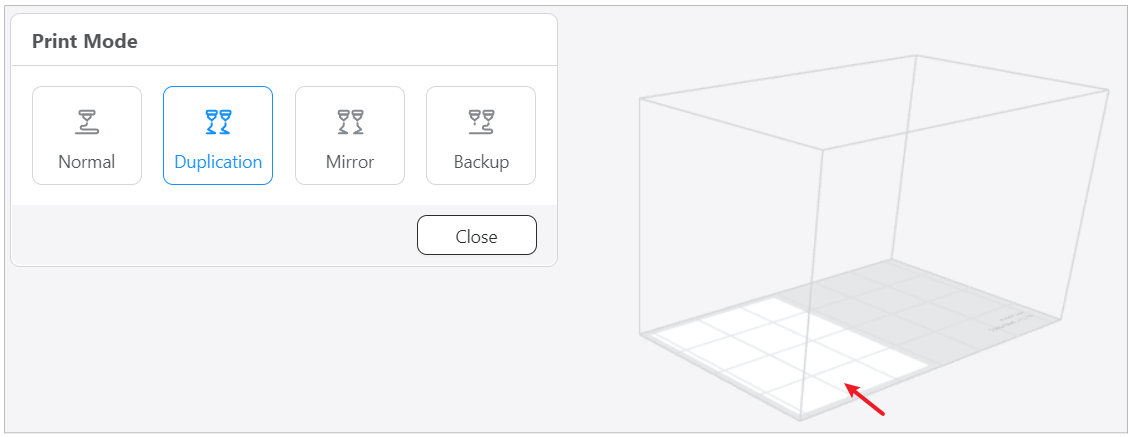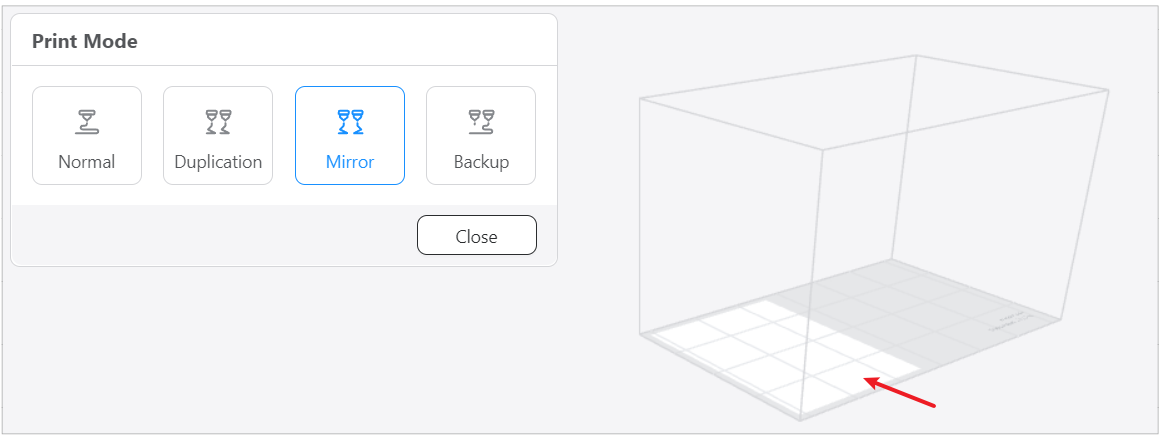In Luban, there are four print modes: Normal, Duplication, Mirror and Backup. The following table displays the print modes supported by different modes. You can choose a proper print mode based on your print needs.
| Machine Type | Module Type | Normal Mode | Duplication Mode | Mirror Mode | Backup Mode |
|---|---|---|---|---|---|
| J1/J1s | IDEX | √ | √ | √ | √ |
| 2.0/Artisan | Single/Dual Extrusion Module | √ | × | × | × |
¶ Normal Mode
Under Normal Mode, both extruders work independently to print different parts or different sections of a single model. Specifically, it allows you to print with dual colors, dual materials, apply different materials on the wall/shell and the infill, apply different materials for suport, e.g., dissolvable support and breakaway support.
For slicing guide, please refer to - Print with dual color/material.
¶ Dual-material printing
In one print, you can make the most of two sets of properties. Combine the strength of nylon with the flexibility of TPU for functional parts that can stand daily wear and tear impressively.
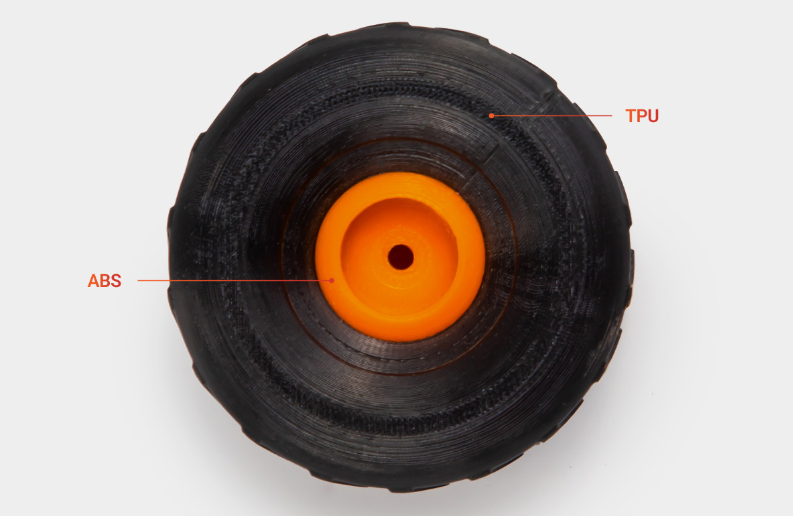
¶ Dual-color printing
With dual-color printing, you can add a splash of personality to your concept models, miniatures, party essentials, gift items, and home decor.

¶ Different materials/nozzles for the wall and the infill
By printing infill with economical materials plus a large-diameter nozzle, you can now spend most of your time and money budget on working the exterior to perfection.
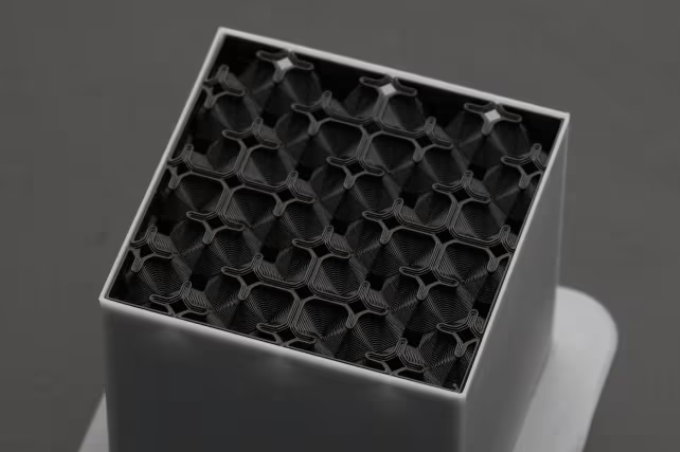
¶ Different material for support
¶ Dissolvable support printing
Soak the print, and the PVA/HIPS support materials will dissolve, leading to a smooth surface and excellent dimensional accuracy. When you are looking for complex geometry, hollow structures, and exquisite details, you can use this.
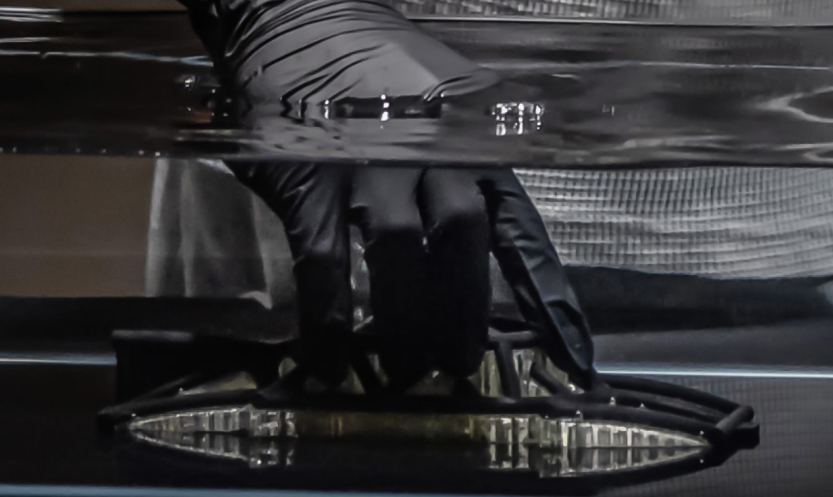
¶ Breakaway support printing
Breakaway filament offers the same support as normal materials but is much easier to remove without the need for further post-processing.
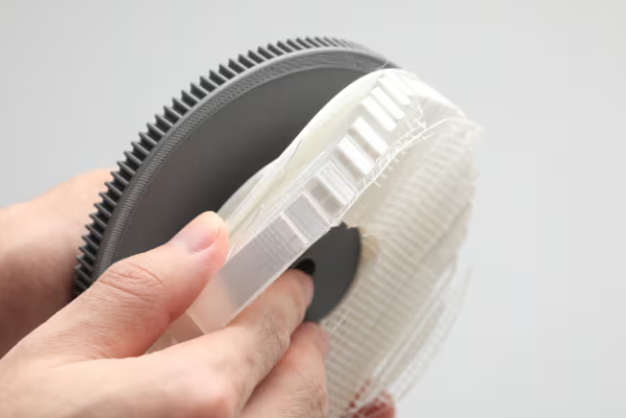
To purchase the dissolvable or breakaway support materials on our official online store, please click the corresponding links below.
| Machine Type | Module Type |
|---|---|
| EU Store | Purchase Link |
| Global Store | Purchase Link |
| US Store | Purchase Link |
¶ Duplication Mode
Under Duplication Mode, both extruders print identical copies of the same model simultaneously, which is useful for mass production of the same part, effectively doubling the output and reducing overall print time for multiple copies.
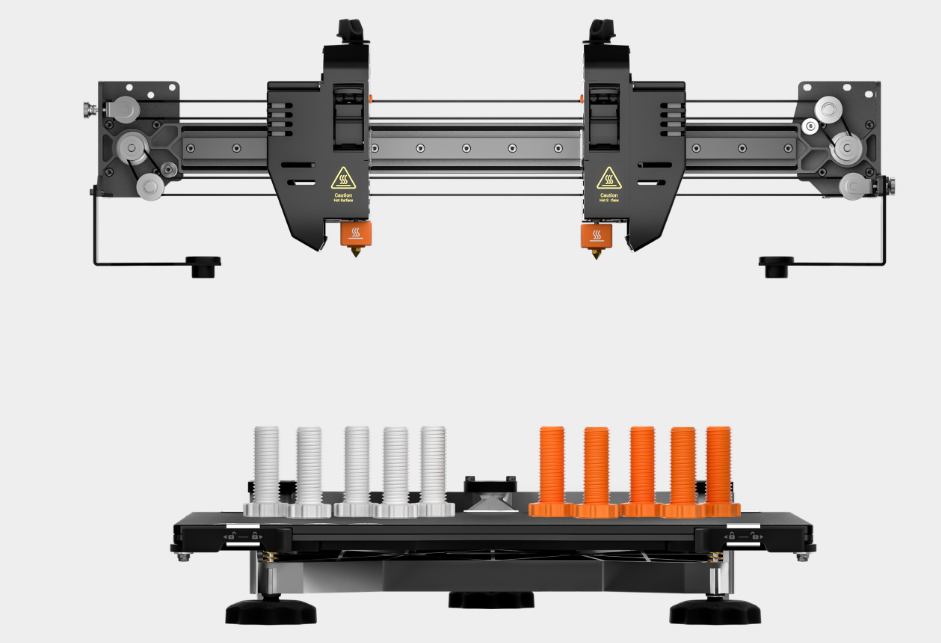
When selecting Duplication Mode, to prevent the extruders from colliding during the printing process, the software automatically reduces the printable area for each extruder, ensuring there is enough room for both to operate without interference. For specific size of the available printing area, please refer to - Printing Area.
Currently, Luban does not display the preview pane for Copy Mode effects.
In case of an accident, you can stop the printing process of one toolhead at any time, and the other toolhead will not be affected.
¶ Mirror Mode
Under Mirror Mode, one extruder prints a model, while the other extruder prints a mirrored version of the same model, which is ideal for printing symmetrical parts, such as left and right shoe soles, mirror-image components, or decorative items. It helps save time by simultaneously producing mirrored parts, ensuring perfect symmetry between the two prints.
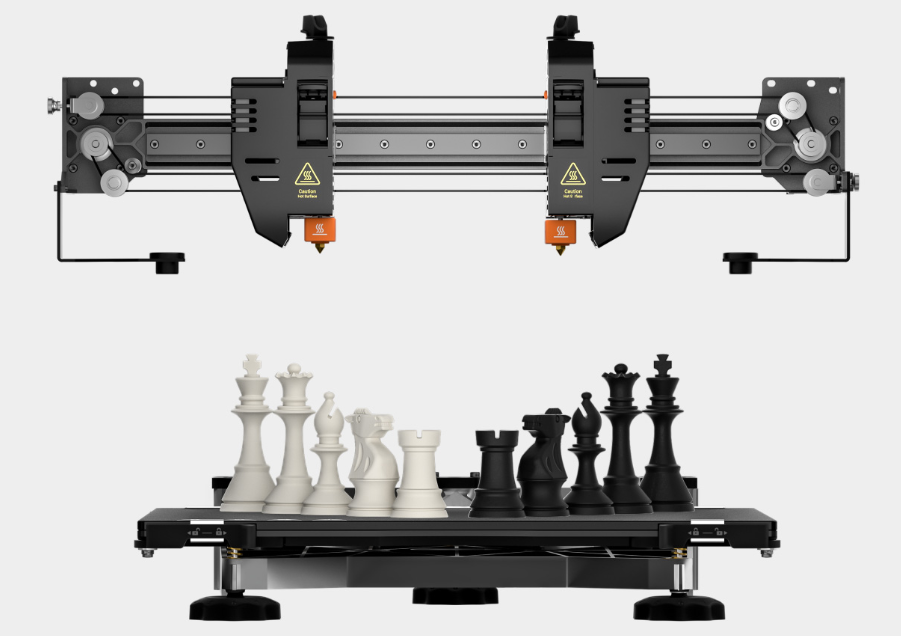
When selecting Mirror Mode, to prevent the extruders from colliding during the printing process, the software automatically reduces the printable area for each extruder, ensuring there is enough room for both to operate without interference. For specific size of the available printing area, please refer to - Printing Area.
Currently, Luban does not display the preview pane for Mirror Mode effects.
In case of an accident, you can stop the printing process of one toolhead at any time, and the other toolhead will not be affected.
¶ Backup Mode
In backup mode, one extruder acts as a backup for the other. If the active extruder fails (e.g., clogs or runs out of filament), the backup extruder takes over to continue the print without interruption. This ensures reliable printing and minimizes the risk of print failure for long or critical print jobs where continuous operation is crucial.
J1s uses a single toolhead to print. If an unexpected situation occurs, the other backup toolhead will start immediately and take over seamlessly to ensure the smooth completion of the printing task.
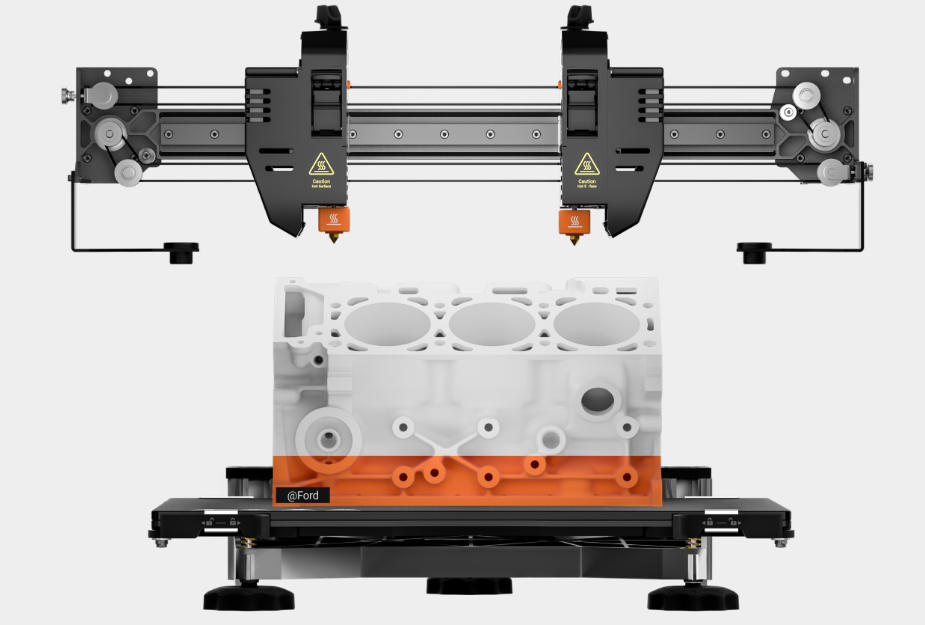
¶ How to enable a specific print mode
-
In Luban, click Mode on top toolbar to choose a proper print mode based on your own needs.

-
Generate and send G-code to Touchscreen and printing. It will print according to the mode selected in Luban.
If you use the default slicing mode in Luban, you can choose different printing modes on the Touchscreen.
